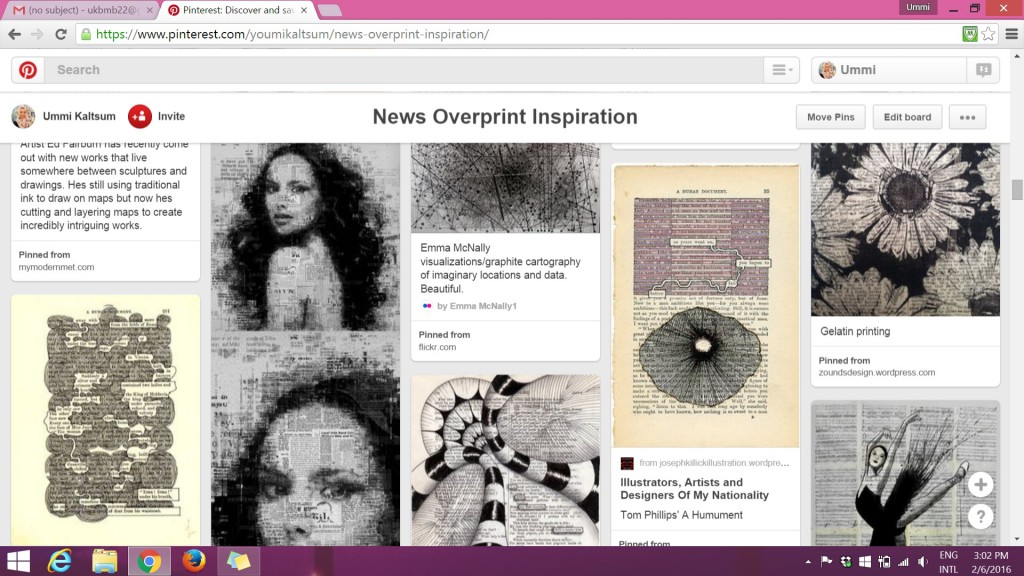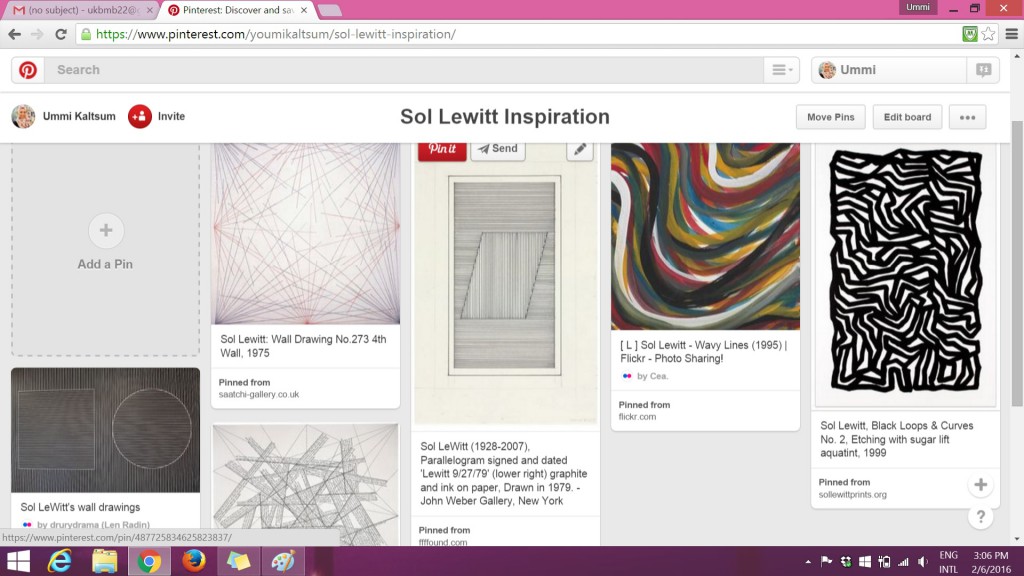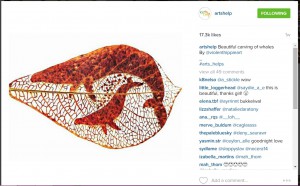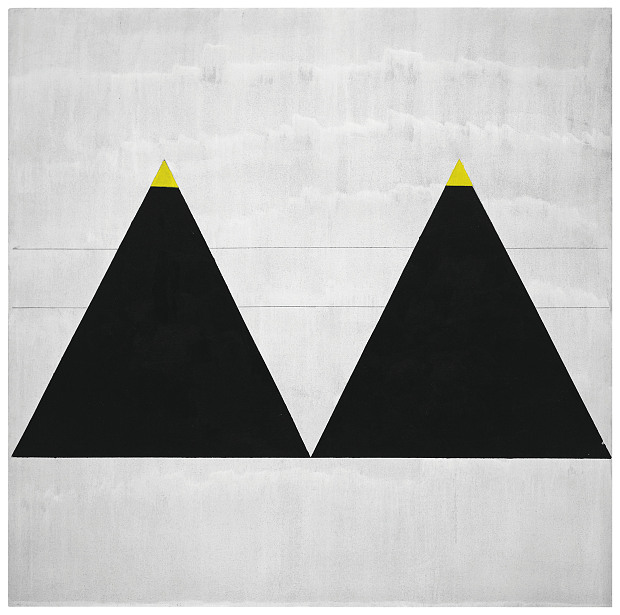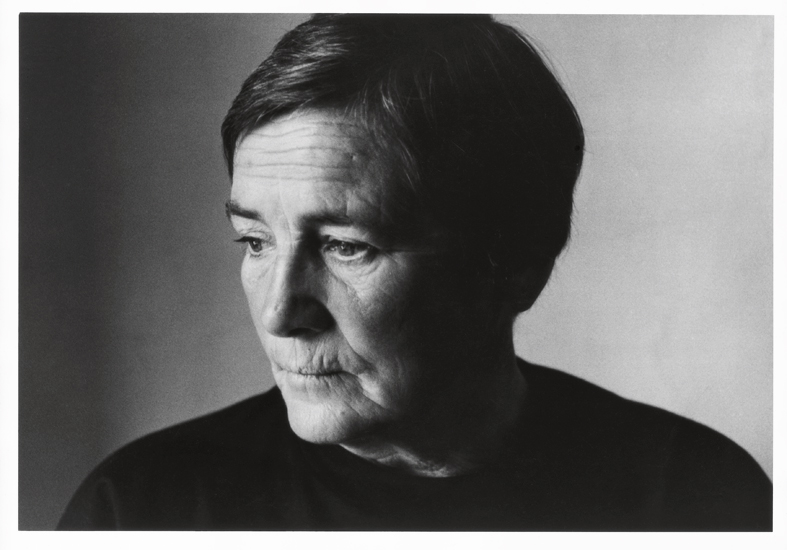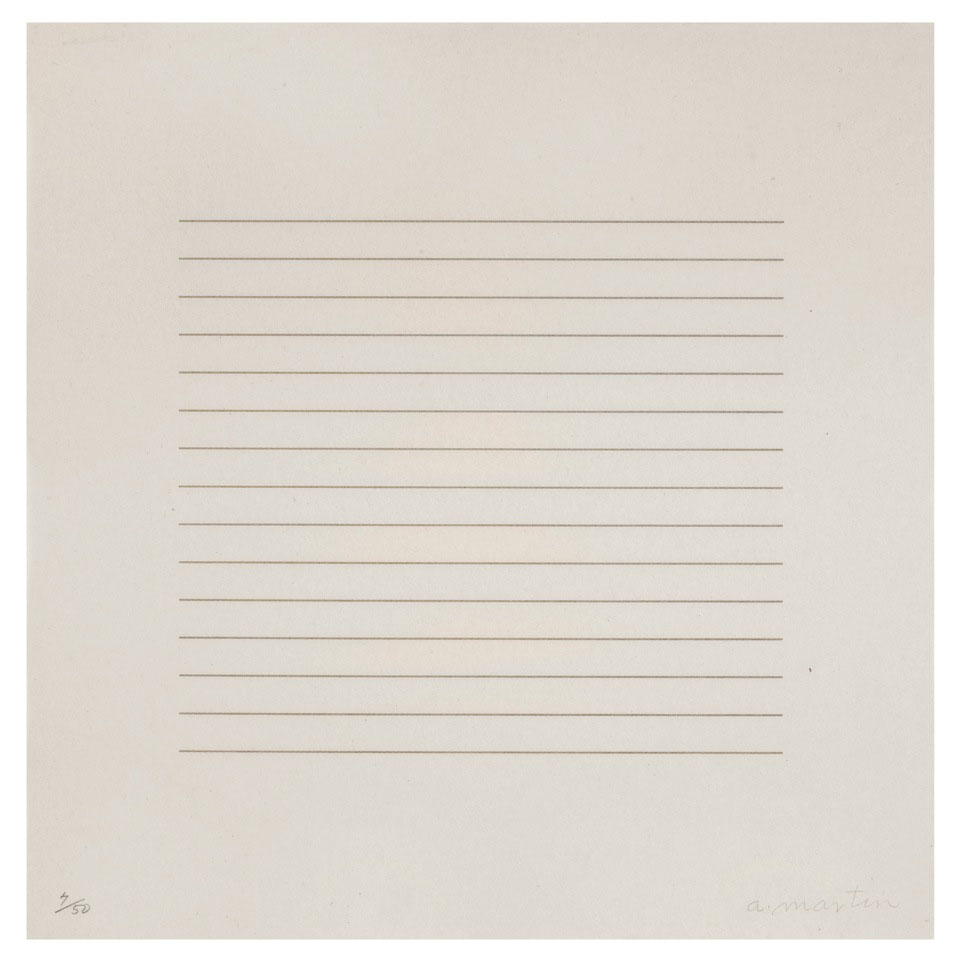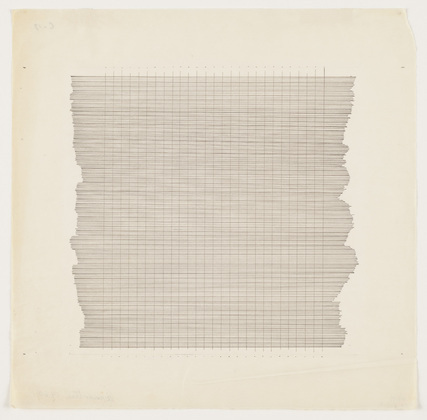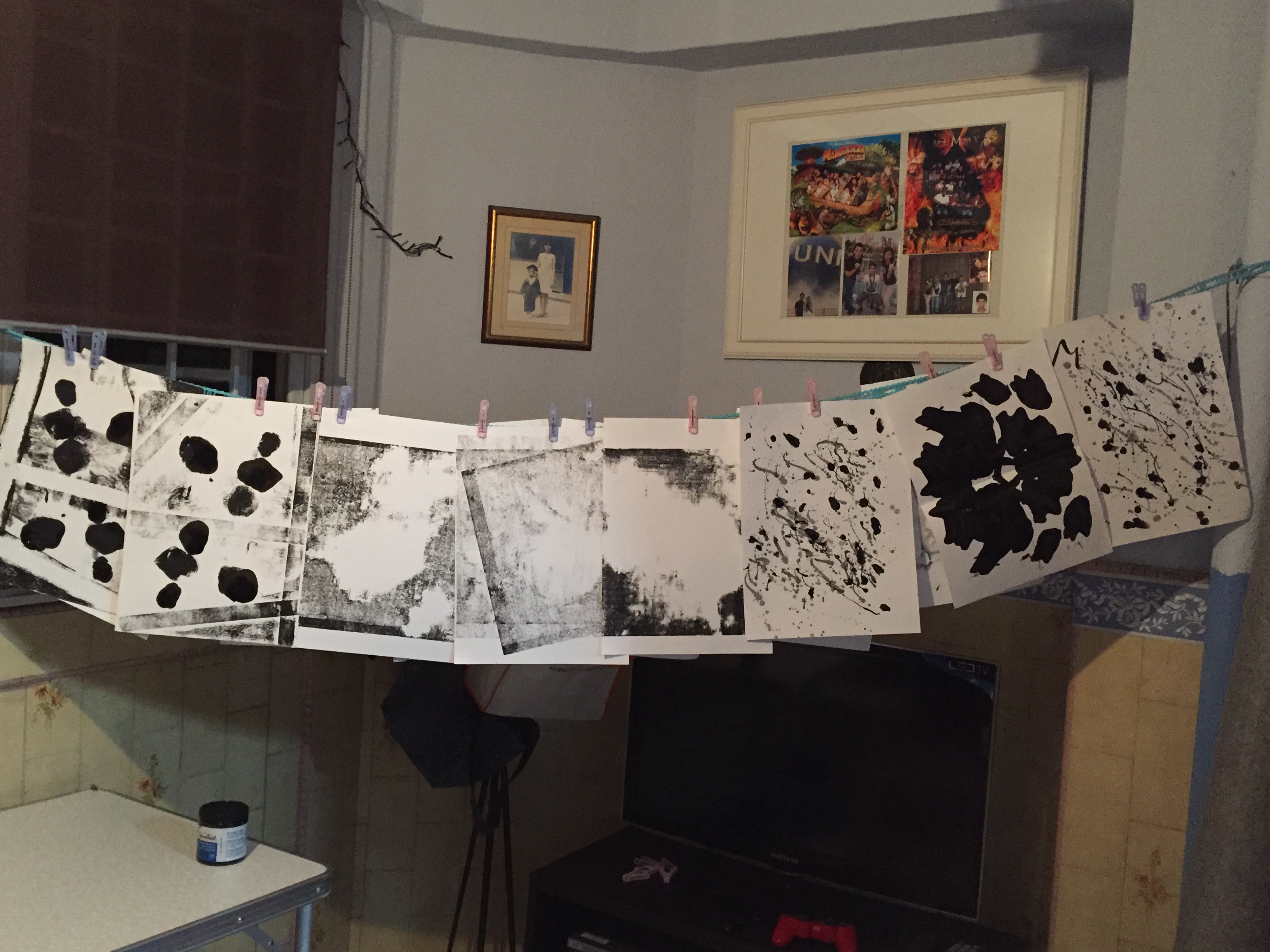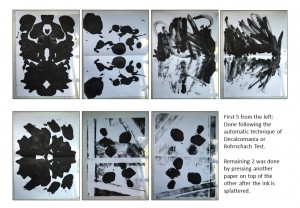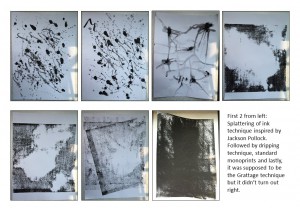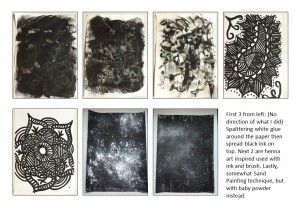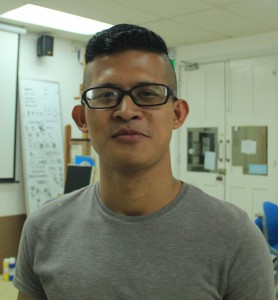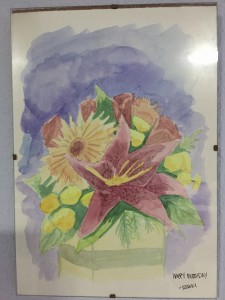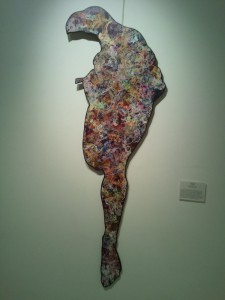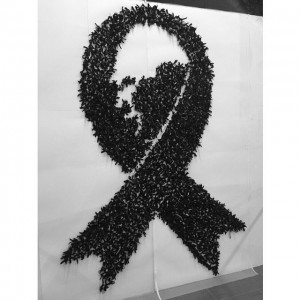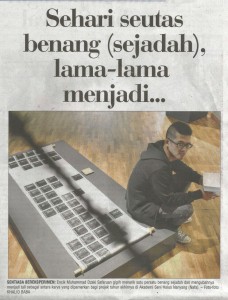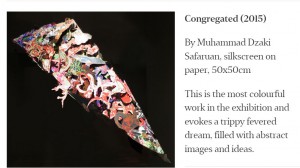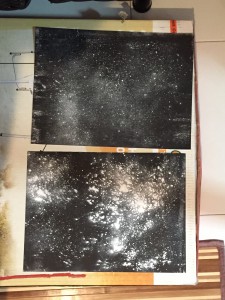This post will contain information and images on the themes ideas for the Project City.
SUPERNATURAL CITY
Transform city found objects, and/or data, into representational or abstract forms, designs, and patterns for a large-scale public art installation.
When I think of cities, I think of man-made and natural aspects. I considered what can be seen in the cities, what can be felt in terms of how you feel etc. I decided to go on the direction of Nature for my City. Recently, I went to Chinese/Japanese Garden to see what I can be inspired from.
The first thing that came to my mind were ripples, how the water flows naturally could be turned or modified into an organic pattern following the movement or direction. After my personal trip, I went on Pinterest to gather inspiration and created my moodboard.
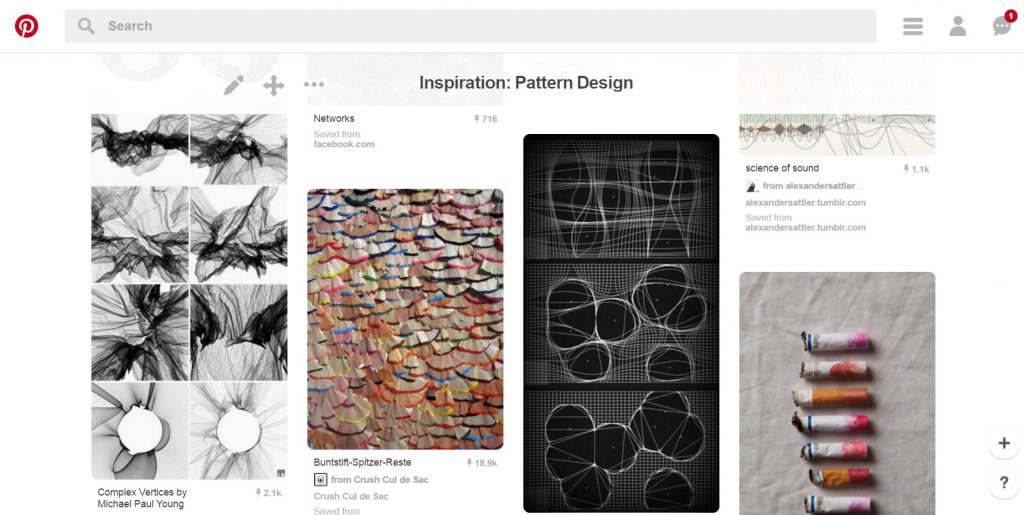
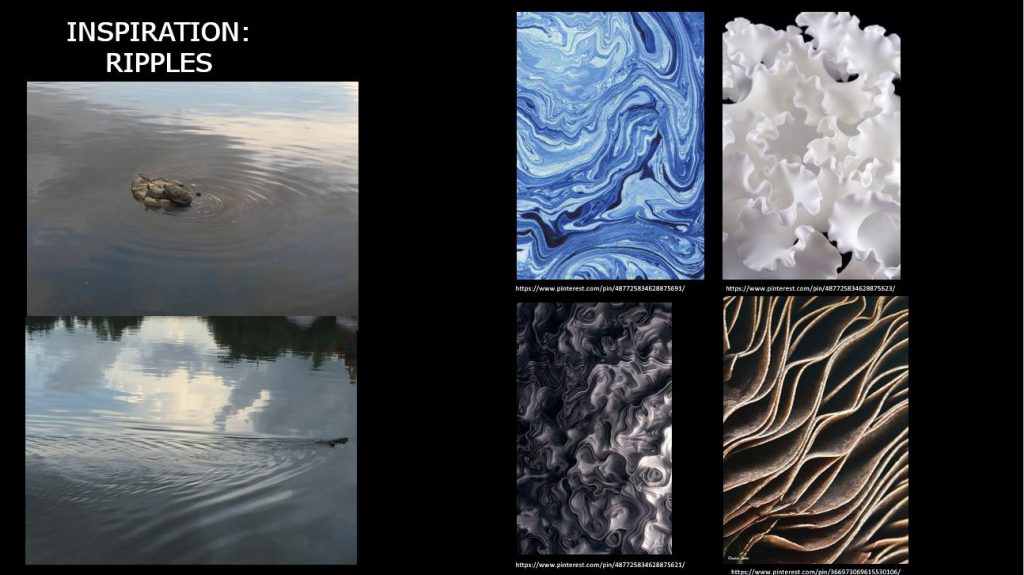
The second idea I had in mind was textures. So I looked out for trees, the road and other materials I can find along the park for unique textures. Some trees that had scales growing on the trunk thus it lead me to think of bio-mimicry, and/or microscopic structure.
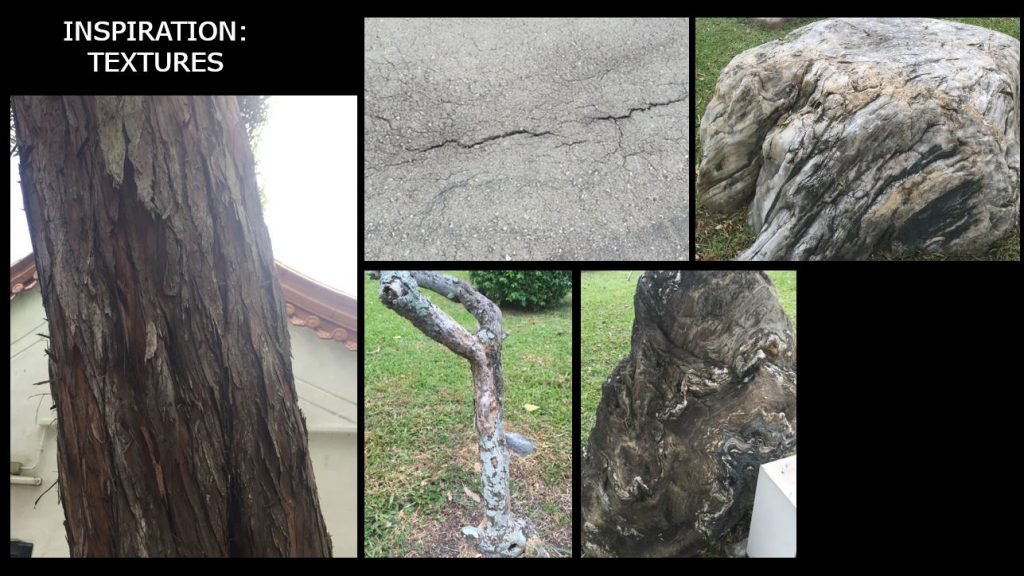
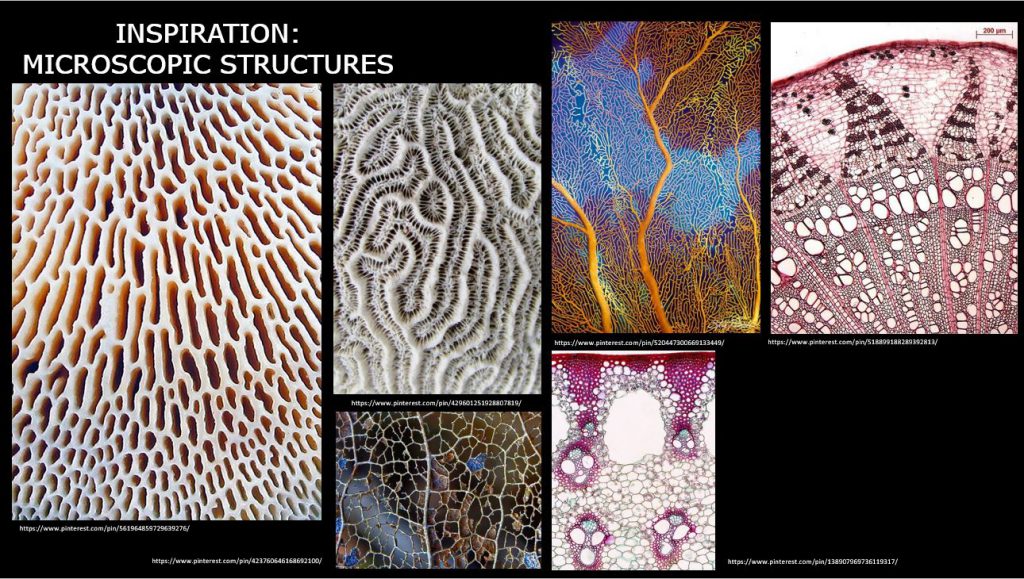
Lastly, I researched on the different techniques to go create patterns. After browsing through Pinterest, I narrowed down to 2 techniques which you can find below:
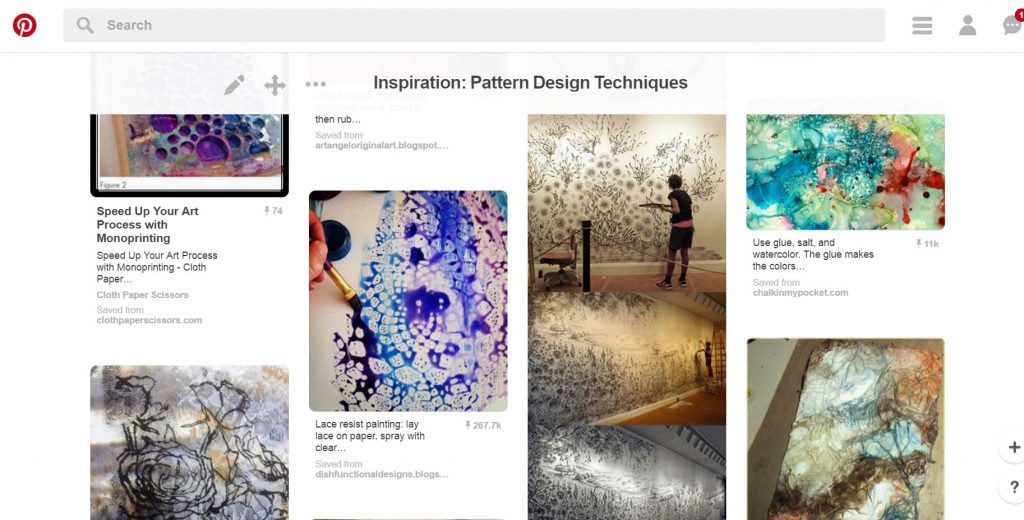
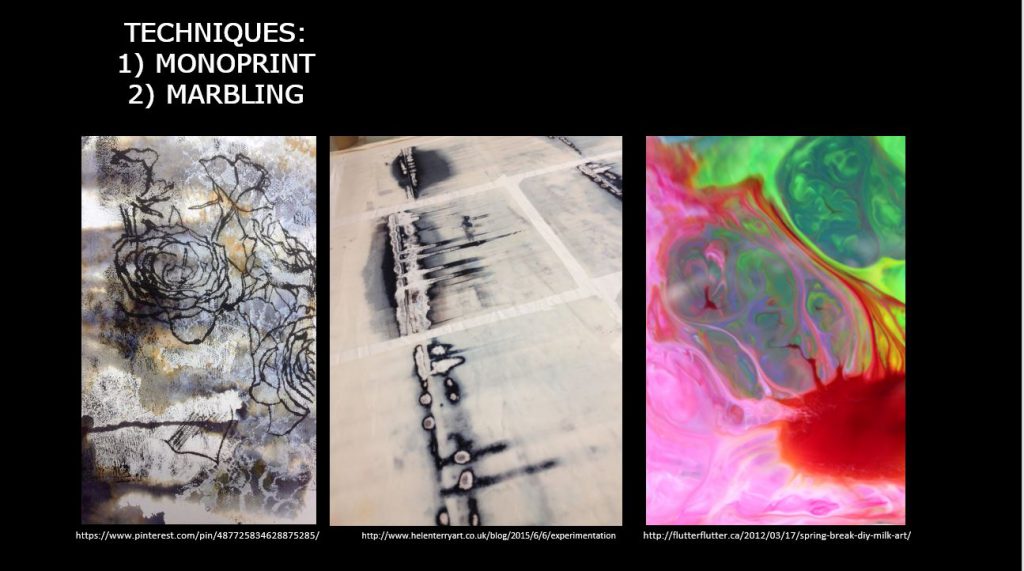
- marbling — I thought of using watercolour or milk with food colouring to create the cross section of the pattern
- monoprint — I thought of re-using the monoprint from previous semester, and do a few more to get variations so that I could collage them digitally.
In terms of colour, I thought of bright and contrasting colours like the last picture on the right from the techniques moodboard.

